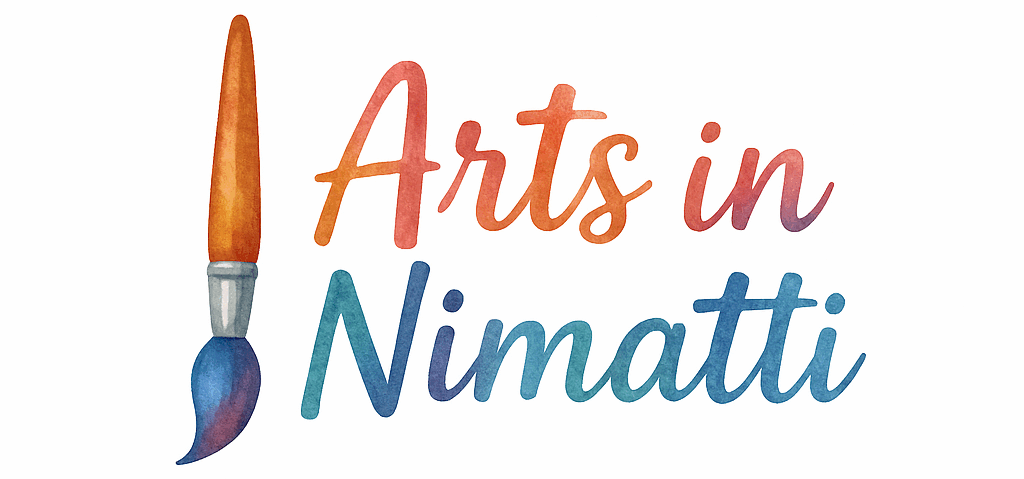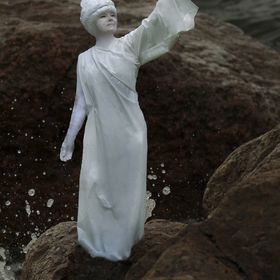Introduction: Why Art Should Be a Daily Habit
Art is more than just a hobby; it’s a form of self-expression, a way to relieve stress, and a means to enhance your creativity. Yet, many people struggle to make art a consistent part of their daily life. How can you ensure that art becomes a regular practice rather than something you do occasionally? The good news is, creating art can be made into a daily habit, and it doesn’t require hours of work every day. Whether you’re a seasoned artist or just getting started, these seven tips will help you integrate art into your daily routine.
By turning art into a daily habit, you can improve your creativity, relieve stress, and even elevate your mental well-being. Let’s explore how to make art a part of your day-to-day life.
1. Set a Specific Time for Art Every Day
To make art a daily habit, you need to set a dedicated time for it. The best way to form a consistent art practice is by integrating it into your routine—just like brushing your teeth or exercising.
Create a Routine Around Your Art
A daily art practice becomes much easier when it’s part of your routine. Select a specific time each day, whether it’s in the morning, during lunch breaks, or in the evening. Once you start carving out time for your art practice, it’ll become second nature.
Use Time-Blocking for Artistic Focus
If managing time is a challenge, try the time-blocking method. Allocate a specific block of time—say 30 minutes or an hour—for your creative practice each day. This method will help you prioritize art and ensure you stay focused and productive. You can learn more about time management for creatives in our productivity section.
2. Start Small, But Be Consistent
Starting small is often the best approach when building a new habit. Don’t expect yourself to create a masterpiece every day. Instead, focus on maintaining consistency, even if it’s just for a short amount of time.
Commit to Just 10 Minutes a Day
If you’re new to a daily art habit, start with just 10 minutes each day. It’s a small commitment but can make a big difference over time. Whether you sketch, doodle, or experiment with different techniques, consistency is the key. Check out our guide on how to create effective art habits for more tips.
The Power of Micro-Habits in Art
Small, manageable tasks are the backbone of habit formation. By starting with micro-habits, you build up your confidence and create a solid foundation for a long-term practice. Gradually, you’ll find yourself naturally dedicating more time to art as it becomes a part of your routine.
3. Designate an Art Space
Creating art is easier when you have a dedicated space for it. A well-organized, distraction-free environment encourages creativity and makes it easy to get started.
Why a Dedicated Workspace Matters
Having a designated art space removes the barriers that prevent you from starting your creative sessions. Whether it’s a corner in your living room or a separate studio, a dedicated art space helps foster a creative atmosphere and minimizes distractions.
Keep Your Art Supplies Organized and Ready
To make it easier to get started, keep your art supplies organized and accessible. Store your tools, paints, and papers in a way that makes them easy to grab when you’re ready to create. A clutter-free workspace encourages you to dive straight into your art practice. For tips on organizing your art space, check out our art space setup guide.

4. Find Inspiration Everywhere
Inspiration for your art can be found in the most unexpected places. From nature to urban environments, people to objects, the world around you is full of potential sources for creative ideas.
Utilize Nature, People, and Everyday Moments
Nature is a great source of inspiration. Take time to observe the shapes, colors, and textures around you. Whether you’re walking in the park, at the beach, or simply enjoying a cup of coffee, you can always find inspiration in your surroundings. Explore the concept of drawing inspiration from nature in our nature-based art techniques.
Follow Artists and Art Movements for Inspiration
Immerse yourself in the works of other artists to keep your creative spirit alive. Social media platforms, art blogs, and exhibitions are great ways to stay inspired. Learn from established and emerging artists, and expose yourself to different artistic movements for fresh ideas. For inspiration, check out our artistic inspiration section.
5. Track Your Progress and Reflect
Tracking your artistic growth is essential for maintaining motivation and understanding where you’ve improved. By reflecting on your creative journey, you can celebrate your successes and identify areas for growth.
Create a Visual Journal or Sketchbook
Keep a visual journal or sketchbook to document your daily art practice. It doesn’t have to be perfect—just a place to sketch, jot down ideas, or experiment with techniques. By recording your progress, you’ll not only see how far you’ve come but also identify patterns or themes in your work.
Celebrate Milestones and Artistic Growth
Take time to celebrate your artistic milestones. Completing a sketchbook, finishing a painting, or even learning a new technique are all worth acknowledging. These celebrations help you stay motivated and reinforce your habit. For tips on how to reflect on and track your artistic progress, check out our artistic growth guide.
6. Join an Artistic Community or Group
An artistic community can be an invaluable resource when forming a daily art habit. Whether you join a local art group, take an online class, or participate in social media art challenges, being part of a community helps you stay motivated and accountable.
Online Art Communities Can Keep You Accountable
There are numerous online platforms where artists share their work and support each other. By participating in online communities, you can receive feedback, share your progress, and interact with other creatives who inspire you. For more on joining art communities, explore our art groups and workshops.
Attend Art Classes and Workshops for Motivation
Taking art classes or workshops can provide structure, feedback, and fresh perspectives on your work. Whether you’re learning new techniques or simply enjoying a shared experience, these activities offer accountability and support in your creative journey. For upcoming workshops and classes, visit our art events page.
7. Experiment with Different Art Forms and Techniques
To keep your art practice fresh and exciting, experiment with new mediums and techniques. Trying different art forms prevents burnout and opens up new creative possibilities.
Mix Mediums to Keep Things Exciting
Explore the world of mixed media by combining different materials, such as watercolor with ink, or acrylics with pastels. Mixing mediums adds variety and keeps your art practice dynamic and engaging.
Embrace Challenges and New Styles
Step outside your comfort zone by trying new art styles or challenges. Whether you dive into abstraction, realism, or another genre, experimenting with different styles can reignite your passion for art. For more tips on experimenting with styles, check out our art experimentation tips.
Conclusion: Make Art a Part of Your Daily Life
Turning art into a daily habit requires commitment and consistency. By following these tips—setting aside time for art, starting small, finding inspiration in your surroundings, and joining an art community—you’ll be well on your way to integrating art into your daily life. The more you practice, the easier it becomes. Don’t worry about perfection; focus on the process, and watch as your creativity flourishes.
FAQs
- How do I find time to create art every day?
- Schedule a specific time each day for art, even if it’s just 10 minutes. Consistency is more important than duration.
- What if I don’t feel inspired?
- Inspiration can be found everywhere. Try looking at nature, people, or even other artists for fresh ideas.
- Can I turn art into a habit if I’m a beginner?
- Absolutely! Start small and focus on building the habit, not the outcome. Consistency is key.
- Should I only create finished pieces every day?
- No, even quick sketches, doodles, or experiments count as part of your daily art practice.
- How can I track my progress as an artist?
- Keep a visual journal or sketchbook to document your creations and reflect on your artistic growth.
- Can joining an art group really help me stay consistent?
- Yes! Art communities provide motivation, accountability, and the chance to connect with like-minded creatives.
- What if I get bored of my art?
- Experiment with new techniques, styles, and mediums to keep your practice exciting and fresh.

